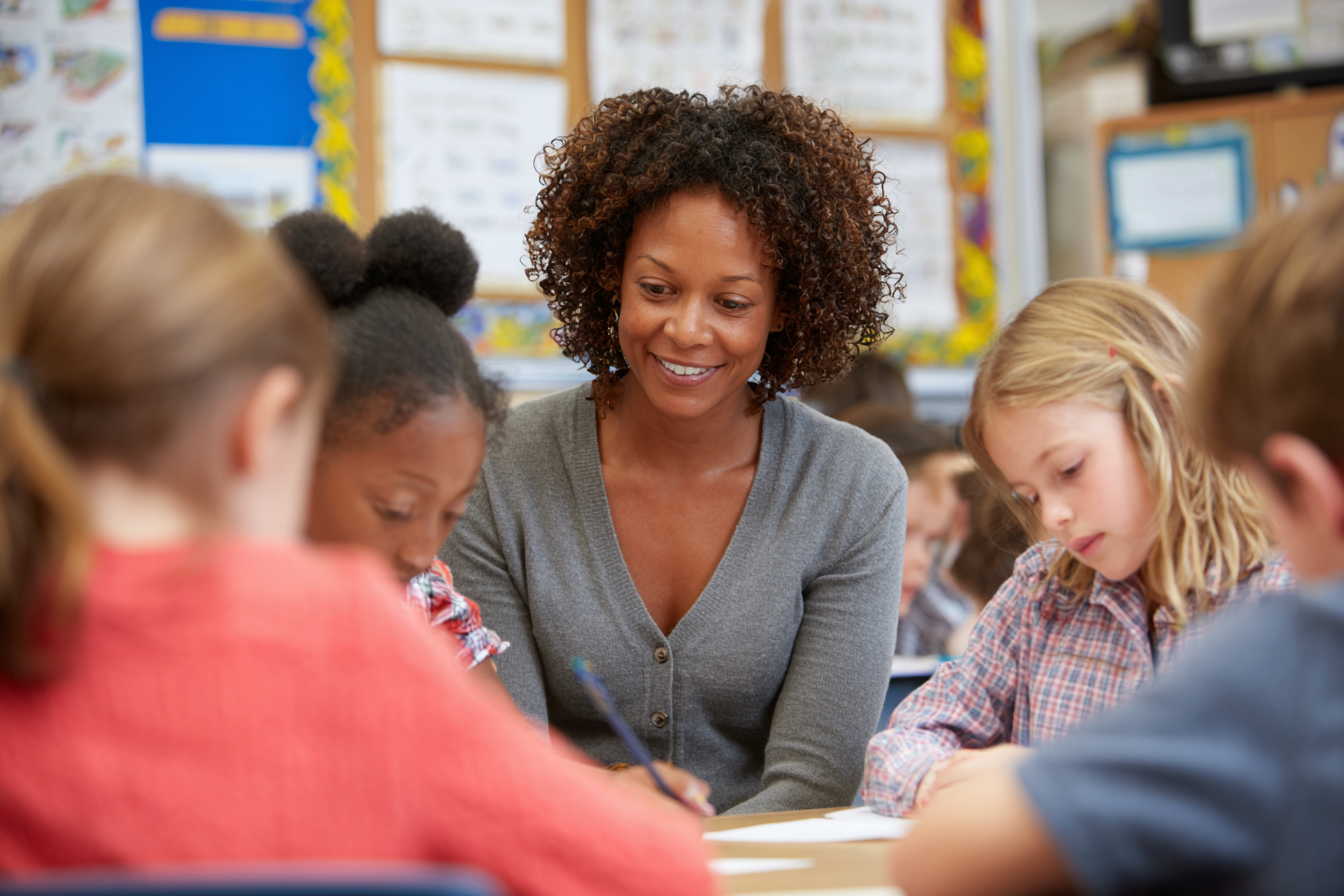Unit Plan 32 (Grade 1 Social Studies): Natural and Human Resources
Everyday products come from natural resources and the work of skilled people—students learn how materials, workers, and human-made features like roads and buildings help create and move the items they use.

Focus: Help students notice that everyday products are made from materials in nature and the work of people with skills. By exploring common items (paper, clothing, toys, food), students learn to identify natural resources (wood, cotton, metal, water) and human resources (workers and their jobs), and connect them to the buildings and places where these products are made or used.
Grade Level: 1
Subject Area: Social Studies (Economics • Geography)
Total Unit Duration: 5 sessions (one week), 30–45 minutes per session
I. Introduction
In this unit, students investigate how the things they use every day come from nature and the work of people. They handle or observe simple objects (pencils, books, bread, shirts) and ask: “What is it made of?” and “Who helped make it?” Students sort materials into natural resources and human work, then connect products to places and human-made features such as stores, farms, and factories. By the end of the week, they can explain that products need both materials and workers—and that people build roads, buildings, and other features to help move and use those products.
Essential Questions
- What are natural resources, and how do we use them?
- Who are the workers (human resources) that help make things we use every day?
- How do buildings, roads, and other human-made features help us make and use products?
- How can we look at an item and tell what materials and workers were needed to make it?
- Why is it important to understand where our things come from?
II. Objectives and Standards
Learning Objectives — Students will be able to:
- Define and give examples of natural resources (trees, water, soil, animals, rocks).
- Identify human resources (workers and their skills) connected to common products.
- Match everyday products (paper, bread, T-shirts, toys) to both materials and workers involved.
- Identify human-made features (roads, bridges, buildings) that help people make, move, and use products.
- Create a simple “From Nature to Me” chart or picture showing how a product goes from natural resources to workers to a building where it is used or sold.
Standards Alignment — 1st Grade (C3-based custom)
- 1.C3.Econ.5 — Identify natural and human resources used to make things.
- Example: Paper comes from trees; builders use wood, tools, and skills.
- 1.C3.Geo.4 — Identify human-made features and explain how people use them.
- Example: Roads, bridges, buildings; “Bridges help us cross water.”
Success Criteria — Student Language
- I can name at least one natural resource used to make something I use.
- I can name at least one worker who helps make or bring a product to me.
- I can tell how buildings and roads help people make or move products.
- I can make a simple chart or picture that shows how a product goes from nature to workers to me.
- I can explain that we need both natural resources and human resources to have many of our things.
